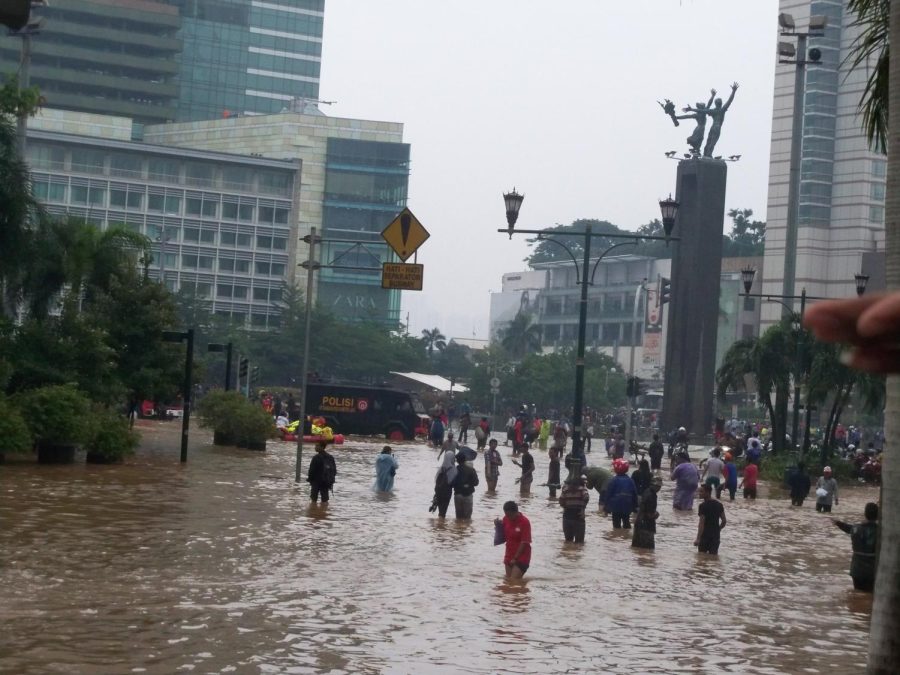Op-Ed: Jakarta, A Sinking City In Indonesia
Jakarta, Indonesia has a massive population of 10.56 million and a metro population of 34.43 million, making the city one of the largest in the world.
Unfortunately, Jakarta has also been named the world’s most environmentally vulnerable city, also with some of the worst air quality. This has led the city to start sinking—in some places 10.7 cm, or about 4.21 in, per year.
Jakarta has had a long history of geographical struggles. For starters, it was built in a swamp. This has led to the city sinking as it continues to expand rapidly. As a result, 40 percent of the city is under sea level and by 2050, 95 percent of the city could be underwater.
Jakarta is always under the threat of floods. Just imagine if a monsoon or a tsunami were to hit the city again. In 2007, a devastating monsoon hit Jakarta and left 70 percent of the city flooded, resulting in $400 million in property damage.
So, what is the government of Indonesia doing about this?
There seems to be no shortage of thoughts. One 2011 idea to prevent flooding called for building a great barrier across the bay of Jakarta. Unfortunately, in 2017, the newly elected governor decided to cancel the project.
Afterward, officials considered creating artificial islands around Jakarta to act as a barrier. This project was also canceled; this time because of the realization that the islands would not be effective in stopping flooding, and could also put more people in danger of losing their homes—or worse.
Now, Indonesia hopes to move its capital from Jakarta to the island of Borneo, in the middle of the nation. This would be wise for multiple reasons.
Borneo is geographically blessed. It is not as prone to natural disasters, and it is the only island in Indonesia without volcanoes. The nation’s other islands suffer from devastating eruptions, the last one was back in December 2021, resulting in at least 13 deaths.
The move would also help spread out Indonesia’s massive population. About 56.1 percent of Indonesia’s population is cultivated on Java, the island that Jakarta is on.
Relocating the capital would release pressure from below the city. Built in a swamp, the ground offers a weak and unreliable foundation.
Many critics have also opposed the move because of how much it might cost. Well, Indonesia reports that it has already invested $33 billion into the effort. Officials plan to put more funding into building up infrastructure on Borneo.
This begs the question: can Indonesia afford to put more money into moving its capital?
The answer is a “yes.” Indonesia has the world’s 7th largest economy, at least based on GDP. Still, critics also oppose the plan as a logistical nightmare.
The new capital area is over 700 miles from Jakarta, so how will Indonesia handle the move? The country has already started by constructing government buildings. From there, officials hope to build offices and homes. Of course, it’s no surprise that moving the capital will take a long time.
Here in Massachusetts, we can sympathize with some of Jakarta’s environmental challenges. Boston is seeing the effects of climate change, and the city used to have awful flooding.
Thankfully, in recent years, we have been elevating our coasts and building more drainage. Even with these changes, we still see major flooding in the Back Bay area.
Is it worth it for Indonesia to move its capital?
From my perspective, the answer is “yes.” Indonesia has no reason not to. The country is more than capable of doing it, which will benefit the people who live in Jakarta, the environment, and Indonesia as a whole.






















































